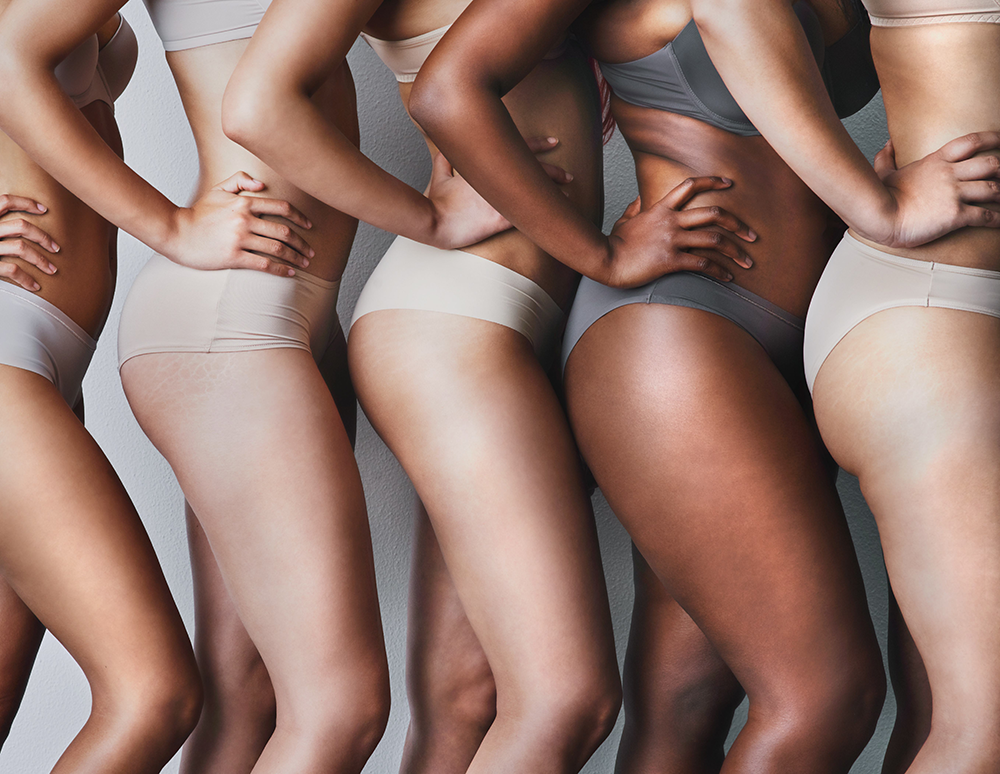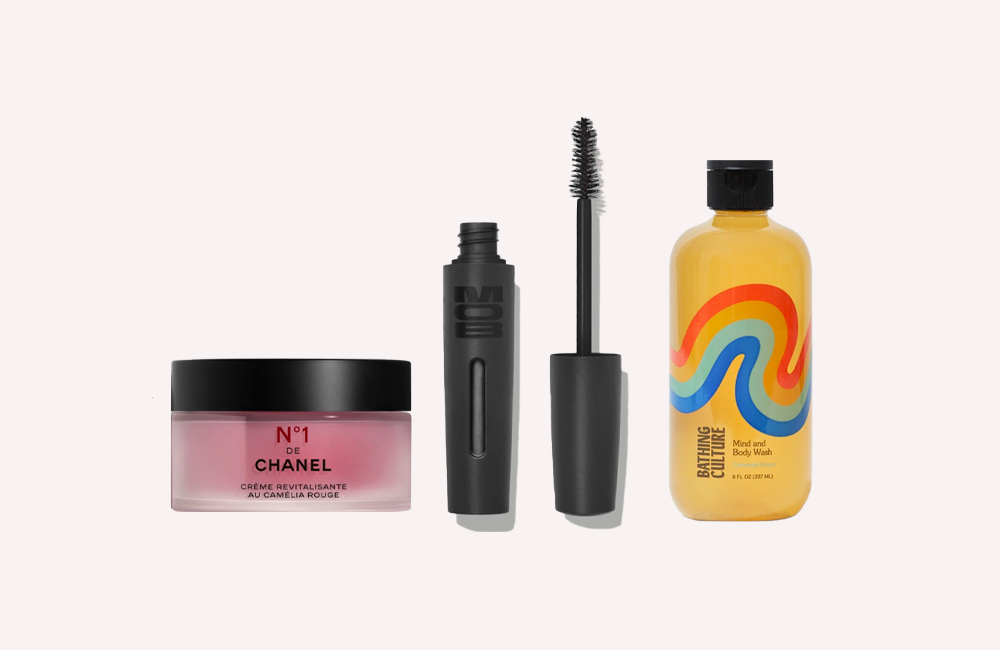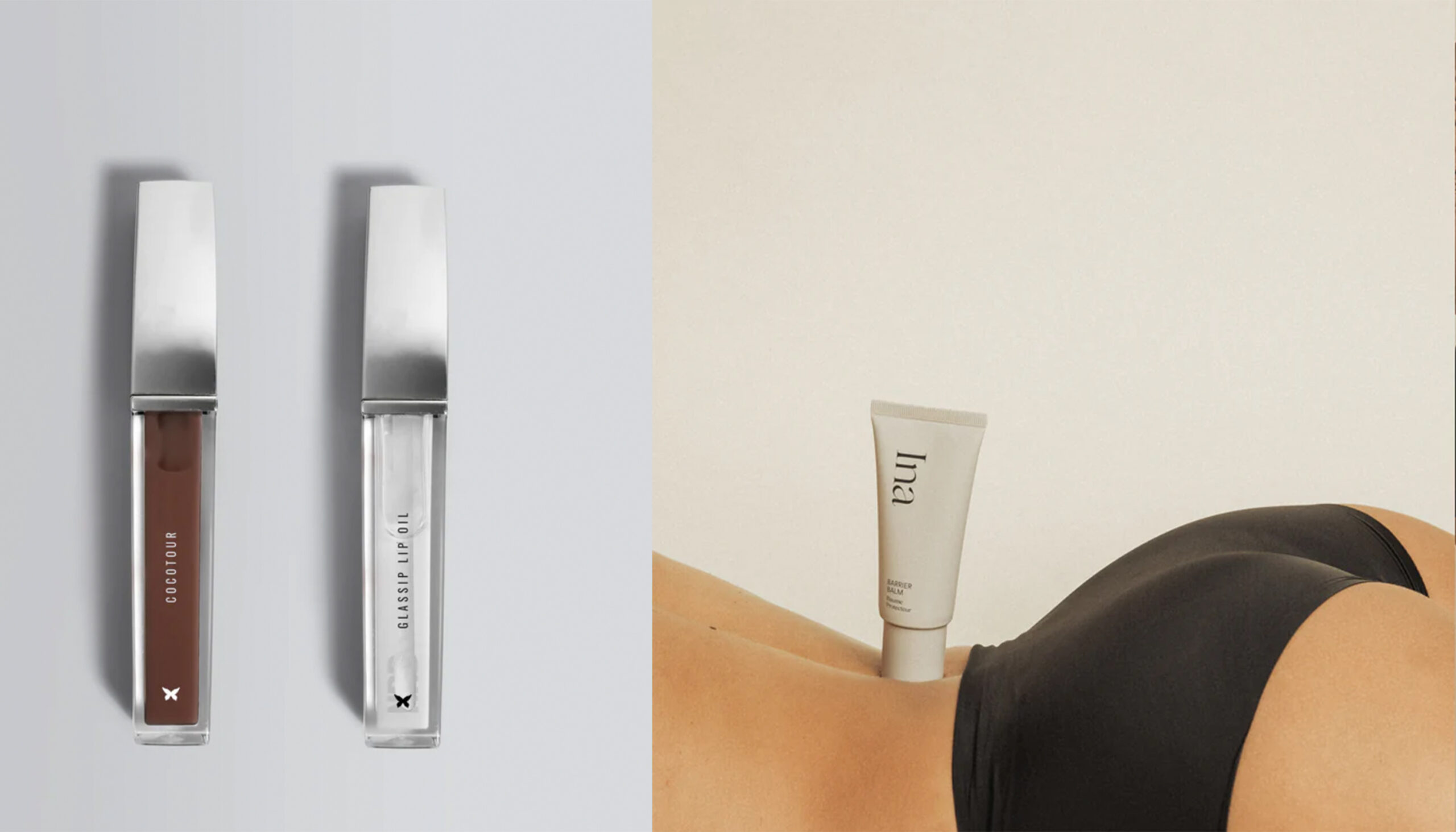All of the diet and exercise in the world can only take the body so far. For pockets of fat that just can’t be worked away, fat reduction can take it to the next level. But for the combination of excess fat and loose skin, there’s no substitute for what a tummy tuck can do. Common changes to the midsection, like sagging skin, stretch marks and even muscle separation, which are typical of weight fluctuations or pregnancy, can cause permanent damage. Tummy tuck surgery—or abdominoplasty—can eliminate excess fat and skin, and give the stomach a more streamlined look. Individual conditions of the abdomen vary, and for that reason, there are different tummy-tucking techniques to help achieve a flatter, trimmer waistline.
You May Also Like: Turns Out, Tummy Tucks Have Two Major Medical Benefits
Traditional Tummy Tuck
For many women post-pregnancy and weight loss, a tummy tuck is the only way to fight the battle of the bulge for a tighter and more toned abdomen. A traditional tummy tuck removes fat and saggy skin and repairs the muscles that have become stretched out due to age, pregnancy and/or weight fluctuation. Average Treatment Cost $5,000–$15,000
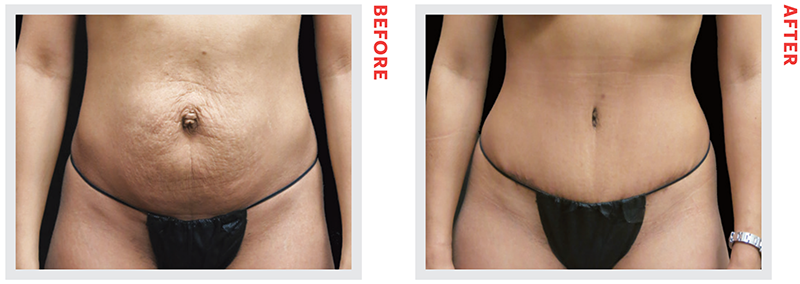
Unhappy with her body changes after two pregnancies, this 33-year-old patient underwent an abdominoplasty with New York plastic surgeon Elie Levine, MD, which removed excess fat and tightened loose skin.
Who It’s For
“Patients who have some degree of diastasis recti,” says Salt Lake City plastic surgeon Renato Saltz, MD. “That means separation of the two rectus muscles in the abdomen that form the six pack. After pregnancy, the muscles move apart and no exercise, diet or machine can bring them back. Add to that excess fat and stretched-out skin, and the only solution to tighten the muscles, get rid of the fat and tighten skin is a tummy tuck.”
Who It’s Not For
Patients who are not at, or close to, their ideal weight will be urged to modify their diet and integrate regular exercise into their routines, as weight fluctuations can affect long-term results.
What to Expect
Under general anesthesia, an incision will be made from hip to hip, as well as around the belly button. Fat will then be removed before the skin is lifted and tightened from the belly button down—any excess skin will also be removed. The underlying abdominal muscles are usually tightened. “A thorough and properly performed tummy tuck addresses all three of the common problems, which are excess fat, excess skin and muscle repair,” says Shreveport, LA plastic surgeon Simeon Wall, Jr., MD. “But I address all of the fat circumferentially, 360 degrees around, with tightening of the skin from the bottom of the breasts all the way down into the pubic area and front of the thighs.” After the procedure there will be some swelling and bruising, which will dissipate over the next couple of weeks. The skin on the stomach may be numb due to minor sensory nerve trauma, but sensation generally returns within one year, if not sooner.
Procedure Time
Two to five hours
Recovery Time
Two to six weeks; no strenuous activity for six to eight weeks
Other Types of Tummy Tucks
Extended Tummy Tuck
An extended form of the traditional tummy tuck is best for enhancing the back, flanks and possibly the skin above the buttocks. For heavy love handles and deep folds of fat on the back, this procedure may be best. “I always start my tummy tucks with liposuction in the back,” says Dr. Saltz. “First, we place the patient facing down on the operating room table. Then, we suction the whole lower back and flank areas before we turn them to do the abdomen for the tummy tuck. This is more of a 360- degree procedure.” Some surgeons prefer to do this in the lateral position and turn the patient side to side rather than starting with the patient facing down. The incision and scar will most often run from the upper level of the pubic hair all around the back.
Lateral Tummy Tuck
For patients with loose skin on their stomach and thighs, a lateral tension tummy tuck may be needed. This variation places tension laterally on the abdominal muscles opposed to centrally, to address the stomach as a whole. The scar will be similar to that of a traditional tummy tuck and runs from hip to hip. It also addresses skin laxity in the thighs because excess skin is removed through a single incision. “A lateral high-tension abdominoplasty allows me to define the abdominal muscles in the midline—what we call the linea alba—a little better, resulting in a more athletic look,” says Houston plastic surgeon German Newall, MD. “Most abdominoplasties tighten the muscles in a vertical line. The lateral high-tension tummy tuck involves creating tension laterally by designing a wider area of skin where we’re going to cut on the lateral sides— we basically cinch the waist, almost like a corset.”
Mini-Tummy Tuck
For a small amount of loose skin and localized fat—usually between the belly button and pubic bone—a mini-tummy tuck (also referred to as a limited abdominoplasty) may be performed. It will not tighten any loose skin above the belly button, and also may not remove stretch marks in that area. This option is best for someone with a small amount of laxity and bulging. An incision is made at the upper area of the hair-bearing region (the incision is smaller in length than a traditional tummy tuck), and excess skin and fat are removed. The stretched muscles can be repaired through this incision.
Umbilical Float Tummy Tuck
Similar to the mini-tummy tuck, this version frees the belly button from its attachment without an external incision around the belly button, and then reattaches it slightly lower. This allows more skin tightening than a mini-tummy tuck, as well as suturing of the muscles higher up on the abdomen.
Mommy Makeover
After childbirth, the body doesn’t always “bounce back” and it can become increasingly hard to get it to look the way it did before pregnancy. A Mommy Makeover addresses changes that result from pregnancy in the breasts and stomach by combining multiple procedures, like a tummy tuck, liposuction and breast surgery to restore what’s been lost.
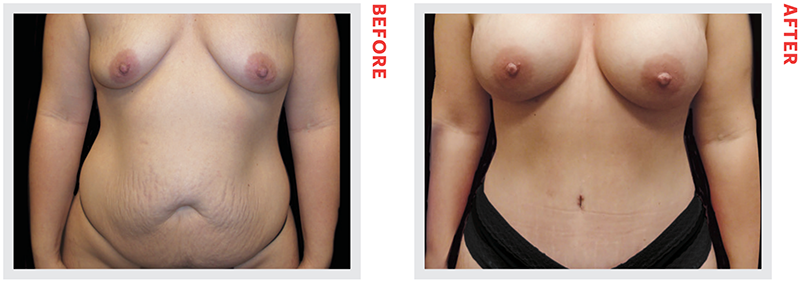
Unhappy with her lack of breast volume and excess abdominal fat, this 33-year-old patient underwent a Mommy Makeover with Sugar Land, TX plastic surgeon Ankur Mehta, MD to achieve her desired body shape.
Who It’s For
Women wanting to restore their bodies closer to their pre-pregnancy appearance. Most plastic surgeons recommend letting the body heal for at least six months after delivery before surgery. Breastfeeding must have stopped as well so the surgeon can get an idea of the true size and position of the breasts. “Ideally a patient should be within 10 pounds of their optimum weight and have a BMI less than 30 to get the best cosmetic result with the least risk of complications,” says La Jolla, CA plastic surgeon Robert Singer, MD.
Who It’s Not For
Patients planning on having more children may want to wait until they are done with their pregnancies. Pregnancy following tummy tuck surgery is possible and not considered dangerous, but those planning on future pregnancies should wait to have a full tummy tuck with muscle repair because pregnancy will stretch out the skin and muscles again, undoing the results.
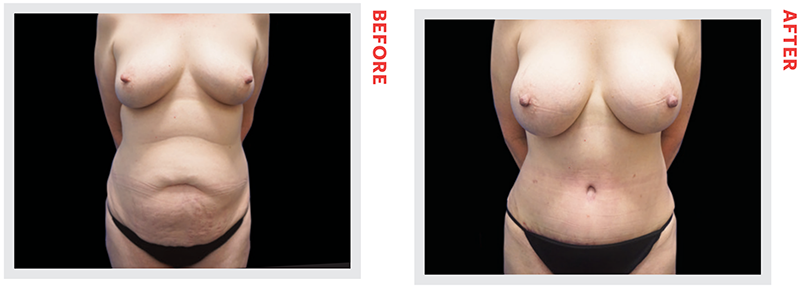
Chicago plastic surgeon Niki Christopoulos, MD performed a breast augmentation with silicone implants, and a tummy tuck with liposuction to give this 49-year-old patient the hourglass figure she desired.
What to Expect
The surgery addresses loose skin on the stomach, a lack of fullness and sagging in the breasts, stretch marks, and even hard-to-get-rid-of fat. “The four areas we can address with a Mommy Makeover are the breasts, the trunk, the buttocks and the lower extremities,” says Dr. Wall. “We can do any two of these procedures together, and sometimes three at once. But, we don’t usually do all four together—it’s just too much surgery.” Safety should always be the main concern, stresses Dr. Singer.
Procedure Time
Four to eight hours
Recovery Time
Two to six weeks; no strenuous activity for eight to 12 weeks
Longevity
Permanent
Average Treatment Cost
It varies based on the procedures performed
